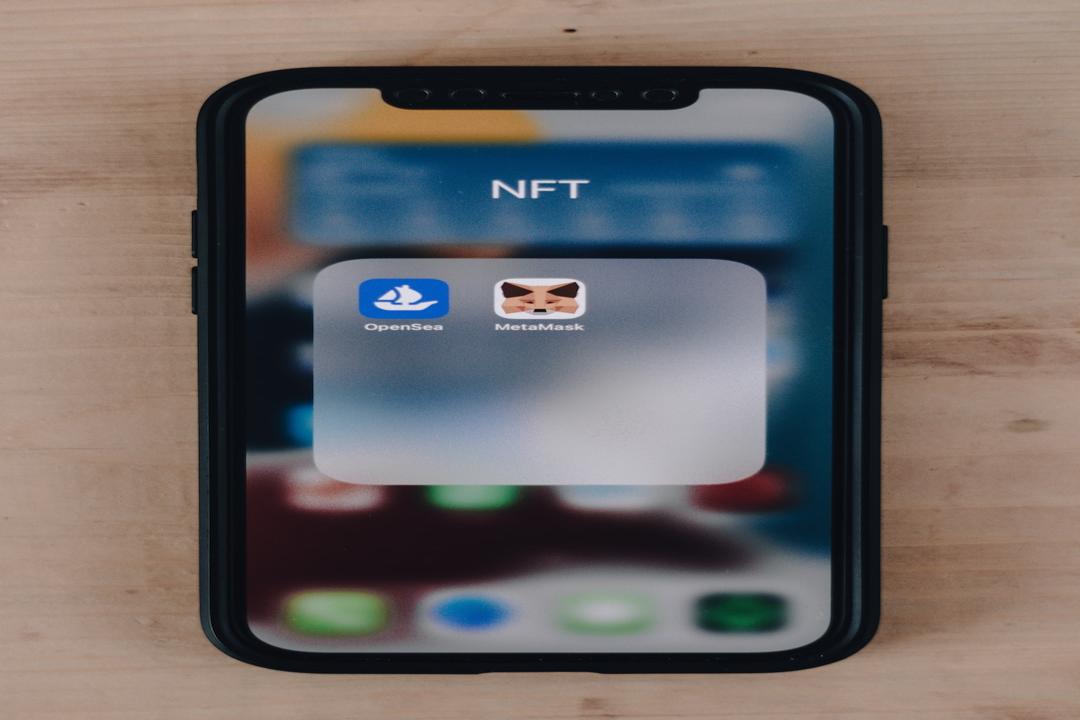Reimagining Blockchain Governance with Tally Protocol and Symbiotic Enhancing Governance through Staking
New Protocol Symbiotic Competes with EigenLayer in the Staking Market, Locking in Over $1 Billion in Value in Less Than a Month
Symbiotic, a new protocol competing with EigenLayer in the staking market, has gained over $1 billion in locked-in value in less than a month. Symbiotic has also introduced some new ideas based on staking.
Release the True Potential of Governance Tokens
Governance tokens have become the cornerstone of blockchain ecosystems, allowing holders to actively participate in decision-making processes. However, these tokens often face a dilemma: should they be used for governance or as financial assets? The Tally protocol combines Symbiotic’s shared security framework to provide a solution that maximizes the utility of these tokens without compromising their primary function.




Governance tokens grant holders the power to influence protocol decisions, but this requires locking the tokens, limiting their financial utility. Token holders must choose between participating in governance or using them as collateral in DeFi applications. This calls for a system that can maximize token utility while retaining governance rights.
The Tally protocol solves this problem by separating governance voting power from the financial utility of tokens. This allows token holders to:
– Maintain governance rights: Continue participating in protocol decisions.
– Use tokens as collateral: Protect infrastructure networks without losing governance capabilities.
– Unlock economic opportunities: Utilize tokens in new financial domains.
Symbiotic assists the Tally protocol by providing a shared security framework that supports custom staking implementations. This offers significant benefits for protocols and token holders, including DAO token collateral.
Key advantages include:
– Customizable security systems: Protocols can design tailored security measures.
– Increased rewards: Token holders can earn additional returns by contributing to network security.
Real-World Use Cases of Symbiotic x Tally
Case Study 1: Driving L2 Infrastructure
Example: Arbitrum protocol
Case Study 2: Decentralized Security for Interoperability Platforms
Example: Wormhole protocol
Reshaping Blockchain Governance Architecture
Unlocking the true potential of governance tokens
Governance tokens have become the cornerstone of blockchain ecosystems, enabling holders to actively participate in decision-making processes. However, these tokens often face a dilemma: should they be used for governance or as financial assets? The Tally protocol combines Symbiotic’s shared security framework to provide a solution that maximizes the utility of these tokens without compromising their primary function.




Governance tokens grant holders the power to influence protocol decisions, but this requires locking the tokens, limiting their financial utility. Token holders must choose between participating in governance or using them as collateral in DeFi applications. This calls for a system that can maximize token utility while retaining governance rights.
The Tally protocol solves this problem by separating governance voting power from the financial utility of tokens. This allows token holders to:
– Maintain governance rights: Continue participating in protocol decisions.
– Use tokens as collateral: Protect infrastructure networks without losing governance capabilities.
– Unlock economic opportunities: Utilize tokens in new financial domains.
Symbiotic assists the Tally protocol by providing a shared security framework that supports custom staking implementations. This offers significant benefits for protocols and token holders, including DAO token collateral.
Key advantages include:
– Customizable security systems: Protocols can design tailored security measures.
– Increased rewards: Token holders can earn additional returns by contributing to network security.
Layer 2 (L2) solutions require decentralized and secure infrastructure. The Tally protocol and Symbiotic enable L2 to support its services with its own tokens, enhancing network security and decentralization.
Staking:
– ARB token holders stake their tokens in the Tally protocol and receive tARB (Tally Liquid Staking Arbitrum token).
– Collateral:
– These tokens serve as collateral in Symbiotic to support network services such as data availability in the L3 chain.
– Economic benefits:
– ARB token holders receive rewards through staking and can re-stake tokens in Symbiotic to gain additional value from fees paid on the L3 chain.
Interoperability protocols like Wormhole rely on validators and relayers for asset transfers. The Tally protocol and Symbiotic enhance this setup, particularly the native token transfer (NTT) framework of Wormhole.
Liquid staking:
– tW (Tally Liquid Staking Wormhole token) is created through the Tally protocol.
– Enhanced security:
– tW holders support decentralized guardians and relayers, working together with the guardian network.
– Ecosystem participation:
– Wormhole token holders protect their protocol and earn native W staking rewards, as well as additional rewards for supporting services.
By enabling governance staking through the Tally protocol and Symbiotic, the limitations of DAO token utility are addressed, unlocking new shared security use cases. This approach, by separating governance from financial utility, allows for:
– Unlocking new value: Token holders gain new financial opportunities.
– Retaining governance structure: DAOs maintain control over their protocols.
– Facilitating infrastructure development: Strengthening the blockchain ecosystem.
With the development of the blockchain space, this innovative solution may influence the future trajectory of decentralized finance and governance, providing a solid foundation for new applications and enhanced protocol security.
Symbiotic
Tally
Read More:
Lido Expands Its Influence: Co-Founder Secretly Supports Symbiotic, EigenLayer’s Competitor in the Staking Market
